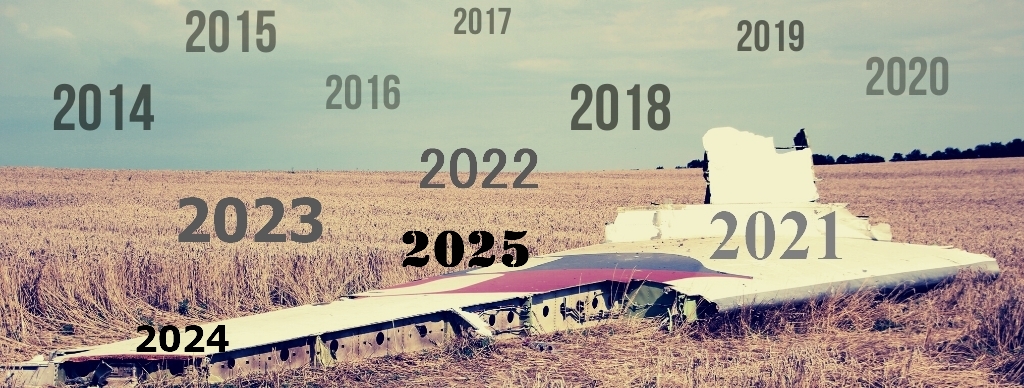https://www.icj-cij.org/files/case-rela … -00-EN.pdf
CASE CONCERNING
APPLICATION OF THE INTERNATIONAL CONVENTION FOR THE SUPPRESSION
OF THE FINANCING OF TERRORISM AND OF THE INTERNATIONAL CONVENTION
ON THE ELIMINATION OF ALL FORMS OF RACIAL DISCRIMINATION
(UKRAINE V. RUSSIAN FEDERATION)
12 JUNE 2018
TABLE OF CONTENTS
...
PART II: THE RUSSIAN FEDERATION’S VIOLATIONS OF THE
INTERNATIONAL CONVENTION FOR THE SUPPRESSION OF THE
FINANCING OF TERRORISM
...
Chapter 1. SYSTEMATIC TERRORISM BY RUSSIA’S PROXIES IN UKRAINE
...
В. The Shoot-Down of Malaysia Airlines Flight 17......................28
...
Chapter 2. RUSSIAN FINANCING OF TERRORISM IN UKRAINE
...
B. The Russian Buk Anti-Aircraft Missile Used to Destroy Malaysia Airlines
Flight 17...............................86









